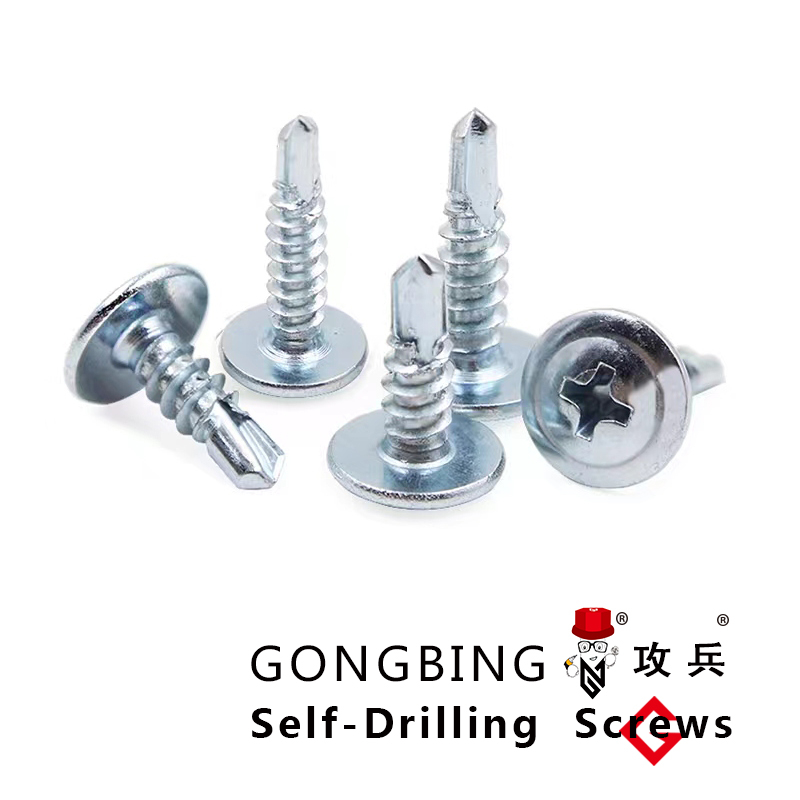Innovative Solutions for Securing External Insulation in Construction Projects
External Insulation Fixings A Comprehensive Guide
External insulation has become a vital aspect of modern construction and renovation, especially as energy efficiency and sustainability take center stage in building practices. One essential component in effectively installing external insulation is the use of proper fixings. This article delves into the importance of external insulation fixings, exploring their types, benefits, and installation considerations.
Understanding External Insulation Fixings
External insulation fixings are specialized fasteners designed to secure insulation materials, such as polystyrene or mineral wool, to a building's exterior wall. These fixings ensure that the insulation remains firmly attached despite the pressures of weather, temperature fluctuations, and structural movement. An effective fixing solution is crucial not only for the performance of the insulation but also for the overall durability and safety of the building facade.
Types of External Insulation Fixings
There are several types of external insulation fixings available, each suited for different applications and materials. Some common types include
1. Mechanical Fixings These are screws, anchors, or bolts that physically attach the insulation to the substrate. They are versatile and can be used on various wall materials, including masonry, concrete, or timber.
2. Adhesive Fixings Adhesives are often used in conjunction with mechanical fixings or as standalone solutions. High-performance adhesives can bond insulation boards to the substrate, ensuring a seamless and continuous insulation layer.
3. Insulation Pins and Washers These are typically used for securing thinner insulation materials. Pins penetrate the insulation and substrate, holding it in place with washers that provide a larger bearing surface to distribute the load.
4. Combustible and Non-combustible Fixings Depending on building regulations and safety requirements, fixings may be classified as combustible or non-combustible. It's essential to choose fixings that meet the relevant fire safety standards.
Benefits of Proper External Insulation Fixings
external insulation fixings

Using the correct external insulation fixings offers several benefits
- Improved Energy Efficiency Properly secured insulation reduces thermal bridging and air infiltration, which significantly enhances a building's energy performance.
- Increased Durability High-quality fixings ensure that the insulation withstands environmental stresses, prolonging the life of the insulation system and the building itself.
- Cost-Effectiveness While the initial investment in quality fixings may be higher, the long-term savings in energy bills and maintenance costs justify the expense.
Installation Considerations
When installing external insulation fixings, several factors should be taken into account
- Substrate Material Ensure that the chosen fixings are compatible with the substrate material for optimal grip and stability.
- Local Climate Consider climatic conditions, such as wind loads and moisture levels, to determine the appropriate type and quantity of fixings.
- Building Regulations Always adhere to local building codes and regulations when selecting and installing fixings.
In conclusion, external insulation fixings play an essential role in the effectiveness and longevity of insulation systems. By understanding the different types of fixings available and their specific benefits, builders and homeowners can make informed choices that enhance energy efficiency and building performance. Proper installation is key, ensuring that the insulation remains intact and functional for years to come.
-
Weatherproof Plastic Expansion Anchors for OutdoorخبرونهJun.06,2025
-
Sustainability in the Supply Chain: Eco-Friendly TEK Screws ProductionخبرونهJun.06,2025
-
Load-Bearing Capacity of External Insulation FixingsخبرونهJun.06,2025
-
Double Head Bolts: Enhancing Efficiency in Industrial MachineryخبرونهJun.06,2025
-
Corrosion Resistance in Chipboard Screws: Coatings for Wholesale DurabilityخبرونهJun.06,2025
-
Butterfly Toggle Bolts : Enhancing Structural ResilienceخبرونهJun.06,2025
